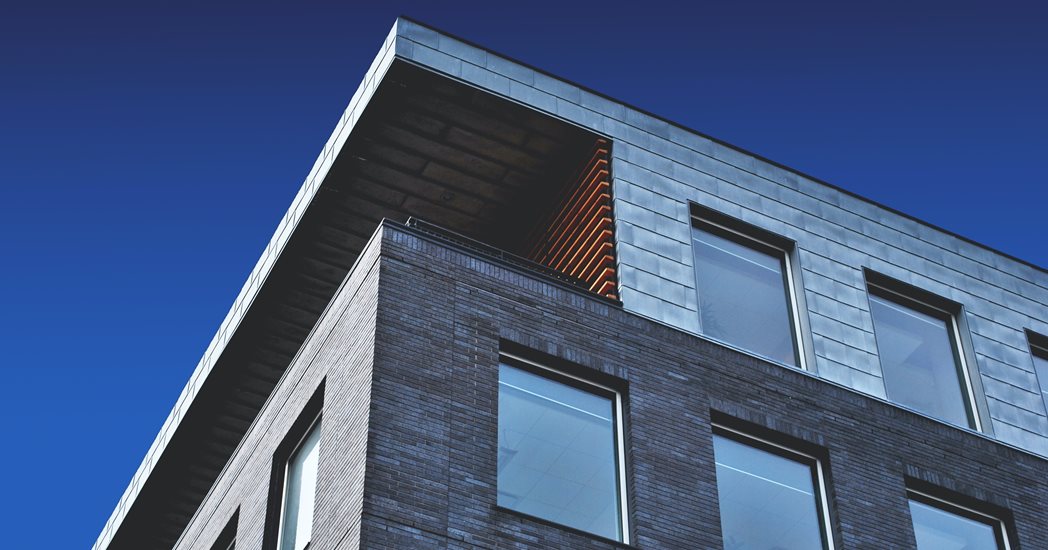Steps Involved in a Property Purchase

Step 1: Get a lawyer
It is advisable to use a Portuguese speaking broker and solicitor who knows their way round the system.
Note: Many solicitors speak English and French but the purchaser may wish to use the services of a translator for documents and the official signing.
Step 2: Find an estate agent
The estate agency should be licensed by the government. Ask to see the certificate. A list of reputable estate agents can often be found through the purchaser's Chamber of Commerce.
The agent should have knowledge of the area, real estate fees, and charges.
Step 3: Verification
After the decision to proceed with the purchase of the property, we recommend that before signing any contract, you should check if all the documentation of the property is in accordance
Step 4: Contract of Sale & Deposit
The solicitor will draw up a Contract of Sale (Contrato de Promessa de Compra e Venda) which is a legally binding document setting out all the conditions of the sale. It is drawn up by a Notary and will eventually be signed by all parties and their legal representatives.
On the day the Contract of Sale is signed the buyer will be required to pay the agreed deposit (usually between 10% and 20% of the purchase price). For new properties under construction the payment terms are made in stage payments as the construction is completed. These terms are negotiated with the estate agent or builder. It is advisable to pay the deposit cheque to the agent, lawyer or broker representing you, and not the vendor. The deposit is held by the agent until completion.
The drawing up of a contract indicates a legal intention to purchase and sell. If the seller decides to withdraw from the sale they are legally obliged to repay twice the deposit paid. If the purchaser decides to drop out of the purchase they lose the deposit.
Step 3: Obtain the Deeds Certificate
Once a property has been found, the lawyer representing the client will obtain a Deeds Certificate (Escritura) from the Land Registry confirming that the property is available and for sale. Make sure the solicitor has the Escritura.
Step 4: Contract of Sale & Deposit
The solicitor will draw up a Contract of Sale (Contrato de Promessa de Compra e Venda) which is a legally binding document setting out all the conditions of the sale. It is drawn up by a Notary and will eventually be signed by all parties and their legal representatives.
On the day the Contract of Sale is signed the buyer will be required to pay the agreed deposit (usually between 10% and 20% of the purchase price). For new properties under construction the payment terms are made in stage payments as the construction is completed. These terms are negotiated with the estate agent or builder. It is advisable to pay the deposit cheque to the agent, lawyer or broker representing you, and not the vendor. The deposit is held by the agent until completion.
The drawing up of a contract indicates a legal intention to purchase and sell. If the seller decides to withdraw from the sale they are legally obliged to repay twice the deposit paid. If the purchaser decides to drop out of the purchase they lose the deposit.
Step 5: Exchange of Contracts
The solicitors representing both parties will agree upon a date when contracts will be exchanged. This is usually one month after the Contract of Sale is drawn up. During this time the solicitors need to make all the necessary conveyancing checks on the property to make sure that what is outlined in the contract is as stated. The solicitor will also need to check that there are no outstanding mortgages or unpaid taxes against the property.
Step 6: Pay the Property Transfer Tax
Once all the legal checks have been made and before the contracts are exchanged, the property transfer tax (Imposto Municipal sobre Transmissoes, which replaced SISA in 2003) must be paid. The lawyer representing the client will deal with this at a tax office nearest to the property in question. How much is paid depends on the value of the property and type of property.
Step 7 - Transfer of ownership
Once all the checks have been made both the Contract of Sale and the Transfer of Title Deeds (Tftulo de Propriedade/Escritura de Compra e Venda) can be exchanged and witnessed by a notary. These documents are signed by both parties and their lawyers in the presence of the notary (Notariado). The notary makes various copies and keeps the original. Each of the parties has a copy and one is registered with the public records office. The lawyer will arrange for registration with the Land Registry in the purchaser's name which ensures proof of legal ownership.
Step 8 - Pay the Stamp Duty Tax
With the conclusion of the public deed, in the presence of a notary, stamp duty tax should be paid a rate over the property value.

